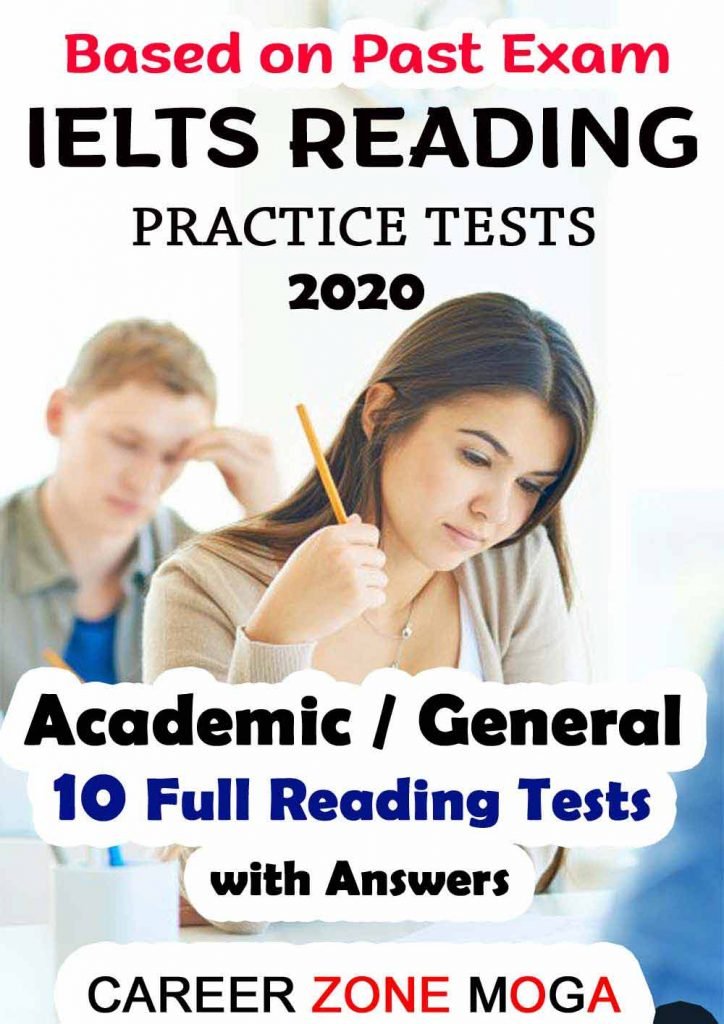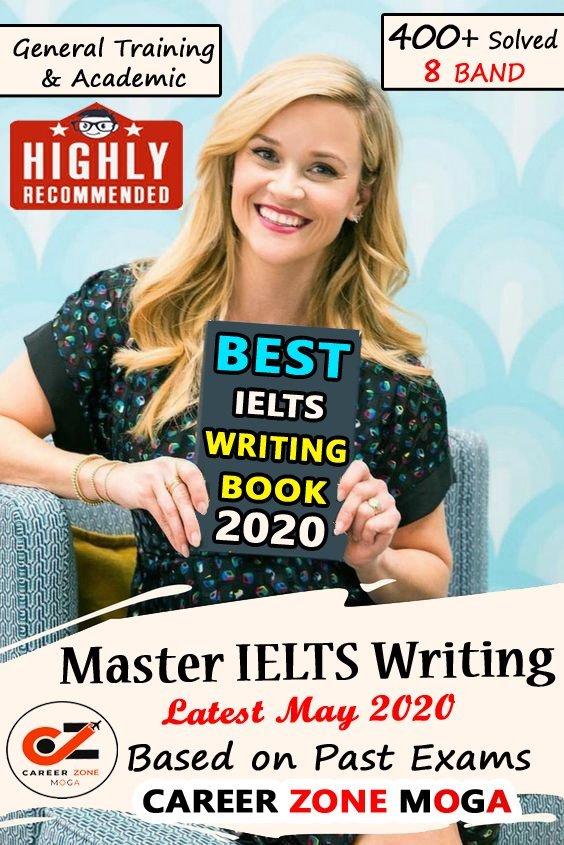
Score 9 in IELTS Listening – Get Familiar with Question types
IELTS Listening is a module in which you can score 9 bands easily. The secret of their success is that they are familiar with every question type of the test and approach to solve them and they work to improve the listening skills. Today in this section we will open your ways to score 9 in Listening by making you Familiar with Question types.
Let’s first discuss the total question types
Task types:
A range of question types are used, chosen from the following:
• Multiple choice question,
• Matching,
• Plan/map/diagram labeling,
• Form/note/table/flow-chart/summary completion,
• Sentence completion.
IELTS LISTENING IN DETAIL
Type 1 – Multiple choice Question (MCQ)
• In MCQ, there is a question given which is followed by three possible answers, sometimes the starting of a sentence is given followed by three possible ways to complete the sentence. Test takers need to choose the one accurate answer from the options – A, B or C.
• Sometimes, test takers have a longer list of possible answers and asked that they have to select more than one from them. In this question type, you should read the question carefully to check how many answers are required.
Skill judged:
• Multiple choice questions are used to check a wide range of skills.
• The test taker may be required to have a complete understanding of definite points or an overall understanding of the main points of the listening text.
Type 2 – Matching
• Candidate is said to match a numbered list of items from the listening clip to a set of options on the question paper.
Skill judged:
• Matching examines the ability that the listener can understand the information given in the audio.
• It also checks that either the candidate can follow the talk between two people.
Type 3- Plan, map, diagram labeling
• In this question type test takers need to complete labels on a given plan (e.g. of a building)
• map (e.g. of part of a town)
• Diagram (e.g. of a piece of equipment).
• The answers are generally selected from a given list on the question paper.
Skill judged:
• This type judges the skill of understanding the explanation of a place, or diagram.
• It also judge the understanding of the directions.
Type 4– Summary completion, form, note, table, flow-chart
• Test taker needs to fill up the spaces in an outline of part or of all of the listening text. The diagram will concentrate on the main ideas/facts in the text. It may be:
1. A form: regularly used to record factual details for example:- names
2. A set of notes: used to summarize any kind of data utilizing the format to show how various things relates with each other
3. A table: used as a method for outlining data this identifies with clear classifications – for example place/time/cost,
4. A flow-chart: used to summarize a procedure which has clear stages, with the direction of the process shown by arrows.
• A word limit is given for example, ‘NO MORE THAN TWO WORDS AND/OR A NUMBER’ on question paper and you have to stick to it.
• If you cross the limit you will be penalized.
Skill judged: This focuses on the main points of discussion which a listener would naturally record in this type of condition.
Type 5- Sentence completion
• Test takers need to understand the sentences which summarize key information from all the listening text or from one part of it. They then fill a gap in each sentence utilizing data from the listening content. A word limit is given on the question paper, for example, ‘NO MORE THAN
TWO WORD AND/OR A NUMBER’.
• Test takers are punished for writing more than the word limit.
Skill judged: Sentence completion focuses on the skill to recognize the key information in a listening text. Test takers have to understand functional relationships such as reason and effect.
Type 6- Short-answer questions
• Test takers need to peruse a question and then write a short answer using information from the listening text. A word limit is given in question paper, for example, ‘NO MORE THAN THREE WORDS AND/OR A NUMBER’.
• Test takers are punished for writing more than the word limit.
With Best Wishes
Thank You for reading @~~


